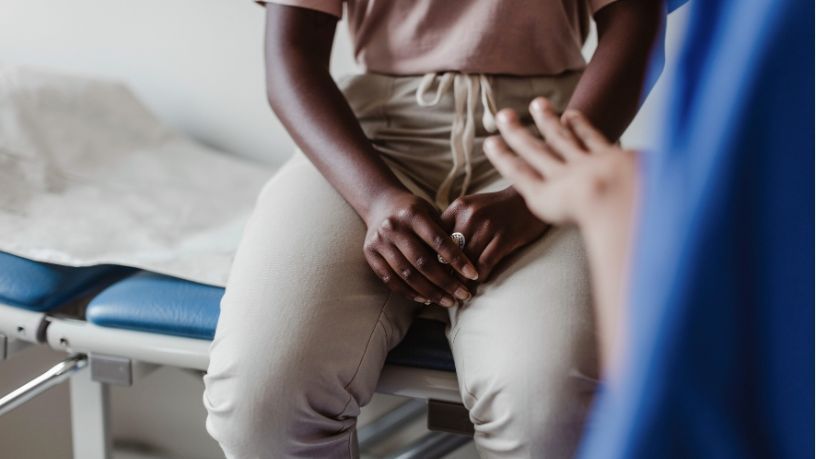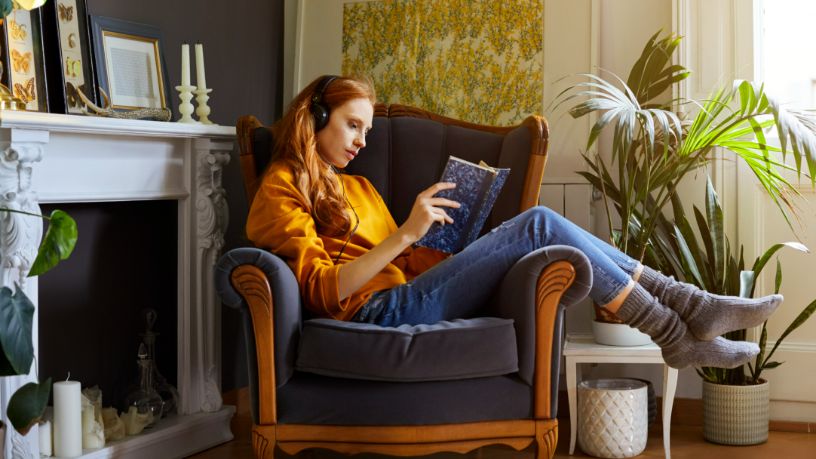It’s important to regularly and carefully self-check your breasts.
On this page
Key takeaways
Discover the common breast cancer warning signs.
Find out when to go in for a screening and get to know Australia’s breast cancer screening program.
Early detection of breast cancer can save your life.
One of the biggest things to look out for is a change in how your breasts look and feel. But how do you know if something has changed if you don’t know what’s normal for you? Do you have a handle on your breasts’ unique shape, size and natural lumps and bumps?
This is where basic breast awareness and simple self-checks come in. It doesn’t have to be a formal process, often it’s just about getting to know your boobs in a way that fits in with your life.
Here, we share some tips for self-checking your breasts for cancer and look at when you might need to see your doctor for a screening.
What to look for in a breast check
When you’re checking your breasts, you should look out for:
- lumps or thickening of the breast tissue (especially if it’s only on one side)
- changes to the skin, including puckering, dimpling, sores, discoloration, redness or peeling
- change in the nipple, such as inversion, crusting, ulcers or unusual redness
- fluid or discharge from the nipples
- new persistent pain.1
How to self-check your breasts
There are many ways to check your breasts for signs of cancer. The key is to find a way that works for you, so you can make it a part of your routine.
A few minutes once a month is all it takes, and it could save your life.
Some common methods for self-checking your breasts include:
The mirror check
Standing in front of a mirror with your hands to your sides, look for any changes to the skin or the shape of your breasts. Move your hands to your hips and push your shoulders forward, flexing your chest. Pay close attention to any changes, dimpling or puckering. Then raise your hands in the air for a final check.
The shower check
Placing one hand behind your head, use the pads of your other hand’s fingers to feel the breast tissue from the collarbone to the bra line and across as far as the armpit. Start with a soft circular motion to check the surface, then use firm pressure to check deeper in the tissue. Repeat on each side.
The laying down check
Lay down on a bed and place a pillow under your right shoulder. Position your right hand behind your head. Then, using a circular motion, move the pads of your fingers gently along the entire breast tissue. Squeeze your nipple to ensure there are no irregularities, discharge or lumps. Swap arms and repeat this process with your left breast.
While many lumps are not harmful, any change to your breasts needs to be examined by a doctor right away. It’s crucial that you don’t put this off.
Do you need a breast screen?
Around one in 7 Australian women are diagnosed with breast cancer, and the chances of getting it increase with age.2
If you’re under 40 with no family history of breast cancer (and you continue to do regular self-checks), it’s unlikely that you’ll need a breast screen unless you notice any change in your breasts.
For Australian women and people who are transgender or gender diverse over 40, you can get a free mammogram every 2 years as part of BreastScreen Australia’s national screening program.3
If you’re a person who is transgender or gender diverse, you’re also encouraged to talk to your doctor about your needs to make sure you’re receiving the correct care for your individual circumstances.
Around 75% of breast cancer cases occur in women over 50, so it’s important to be extra careful after this age.4 Thankfully, BreastScreen Australia will send you an invitation for a free mammogram screening every 2 years from 50 onwards.
If you have a family history of breast cancer, talk to your doctor about when to get a breast screen or mammogram. And, of course, don’t forget to stay on top of your regular self-checks.
Breast screenings are generally safe if you have breast implants, but make sure you let the screening service know as different techniques may be used for your mammogram.
Those who have been treated for breast cancer should talk to their doctor about how often they need to be screened.
Breast awareness and knowing how to self-check your breasts is a simple, empowering practice. Make sure you get to know your breasts before it becomes too late and encourage the other women in your life to check theirs, too.
Don’t be afraid to talk to your doctor if anything seems off. Remember, early detection can save lives.

At Bupa, trust is everything
Our health and wellbeing information is regularly reviewed and maintained by a team of healthcare experts, to ensure its relevancy and accuracy. Everyone's health journey is unique and health outcomes vary from person to person.
This content is not a replacement for personalised and specific medical, healthcare, or other professional advice. If you have concerns about your health, see your doctor or other health professional.
1Breast Cancer Network Australia. (2023). Breast awareness. Breast Cancer Network Australia.
2Australian Government, Department of Health and Aged Care. (2023). About the BreastScreen Australia Program. Australian Government, Department of Health and Aged Care.
3Australian Government, Department of Health and Aged Care. (2021). Who should have a breast screen. Australian Government, Department of Health and Aged Care.
4Cancer Council. (2024). Early detection of breast cancer. Cancer Council.
You might also like...
5 ways women can support healthy ageing
Small changes to your daily life can have a big impact on your health as you age. Discover 5 ways to support women’s healthy ageing.
Cervical screening tests: Everything you need to know
From what happens on the day to what different results might mean, learn more about what a cervical screening test is.
A guide to endometriosis
Endometriosis is a long-term, progressive condition that affects around one in 9 Australian women. Learn more about the symptoms, diagnosis and treatments.
How to know when you're ovulating
If you’re trying to conceive, you may want to know when you’re ovulating each month. We look at the signs of ovulation and some ways to track your cycle.





